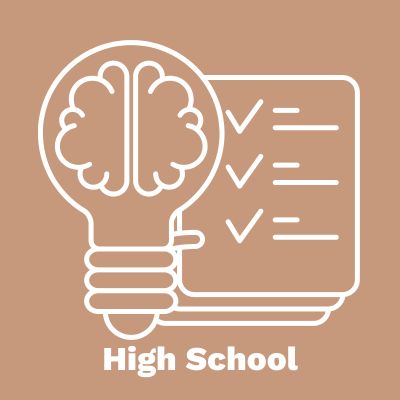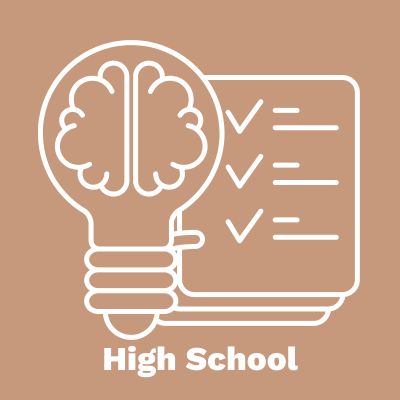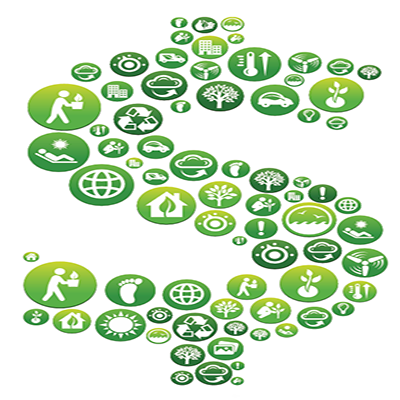Government Spending and Taxes
Students learn about economic equity programs.
{{searchResultSnippet}}
 Back to All
Back to All

Students will discover the three basic economic questions and how economic and social goals shape the economic agents in a country.
These videos explain how the production possibilities curve (PPF) illustrates important economic concepts including scarcity, economic growth and opportunity costs.
Students play the role of producers in two fictional countries and discover that if they specialize and trade, they can produce and consume more goods than they would have been able to produce and consume on their own.
These interactive assignments use a fictitious chocolate market to introduce and teach what market forces influence producers and consumers and how that establishes price and quantity supplied.
These videos provide an overview of what price elasticity of demand is, how it is measured, and some common applications for producers and consumers.
This lesson focuses on the demand side by examining the meaning of elasticity, what factors determine the price elasticity of demand, how price elasticity of demand is measured by a basic formula, and how price elasticity of demand can be measured using the total revenue approach.
This reading assignment tells the story of how a little price tag has big consequences for the field of microeconomics--especially the concepts of producer and consumer surplus.
This Page One Economics article explains how egg prices are determined, exploring how supply, demand, and the impact of avian flu have led to soaring egg prices in recent years.
This video assignment explains the four factors of production: land, labor, capital and entrepreneurship.
In this lesson, students work in small groups to produce a toy, track the costs of production for the toy, demonstrate the toy, and take orders from their classmates.
This audio assignment describes how businesses consider costs when making decisions – including about whether to shut down.
This video assignment uses the wheat market as an example of the perfect competition market—when all sellers are selling the same good or service.
In this lesson, students act as firms in different market structures (perfect competition, monopoly, competitive oligopoly, and collusive oligopoly) competing to sell their product to the teacher.
These video assignments introduce the basic structure of market models and provide relatable examples to students.
This video explains the basics of the labor market and how the laws of supply and demand determine the wage and quantity of labor employed in various labor markets.
This Page One Economics looks at how the market structure underlying college athletics has taken this debate all the way to the Supreme Court.
This reading assignment discusses robots, AI, and automation. It outlines to students how technology impacts jobs and how to be prepared for change in the future.
This audio assignment defines the characteristics of private and public goods and explains why these characteristics help determine who is best positioned to produce each.
This video assignment explains externalities and how costs and benefits sometimes affect bystanders.
This active lesson emphasizes the four major externalities found when production and consumption affect individuals outside of the immediate producer and consumer.
These five-minute informal assessments quickly introduce AP Micro content to students and provide immediate feedback to instructors.
Infographics are graphic representations of information that allow viewers to grasp information quickly. Use these infographics in the classroom to teach and reinforce economic and personal finance concepts in a colorful and easy-to-understand format.

Government Spending and Taxes
Students learn about economic equity programs.

Herd Immunity and Positive Externalities Lesson
Investigate the concept of positive externalities.

Marginal Analysis: How Clean Is Clean Enough?
Illustrate marginal cost of cleaning up pollution.

Supply and Demand of Pollution
Examine what happens when the supply or demand of pollution disposal changes.

The Emissions Simulation
Define emissions tax and tradable permit system.

Green Is the New Gold
Understand factors of production and analyze businesses production processes.
{{resourceTitle}}
{{resourceBlurb}}